Notes: Thurstaston station was situated on the 12 mile Birkenhead Joint Railway (BJR) Hooton and West Kirby line. The BJR was a joint concern of the London & North Western Railway (LNWR) and the Great Western Railway (GWR). The line had opened in two stages. The first section opened between Hooton and Parkgate on 1 October 1866. The section of line on which Thurstaston stood opened as an extension to the original line on 19 April 1886.
 Thurstaston station was located 1 mile to the west of its namesake. It was 9¾ miles from Hooton and 2¼ from West Kirby. Thurstaston station was located 1 mile to the west of its namesake. It was 9¾ miles from Hooton and 2¼ from West Kirby.
The station was located on the south side of Station Road which passed over the line on a bridge. The line was a single track railway so Thurstaston was provided with one platform which was located on the east side of the line. The station had a single storey brick building with a slate roof. It had a canopy that extended over the full width of the platform. The building was accessed from Station Road via a driveway that ran up to the main entrance and extended southwards to the goods facilities.
A signal box was located on the platform just to the south of the station building.
The goods facilities were to the south of the passenger station and were also located on the east side of the line. At the time of opening they consisted of a siding, a loading platform and a weighing machine. The siding was connected to the main line at both ends which in effect formed a loop and allowed locomotives to run around their trains.
 A Station Master’s house and cottages for other railway staff were provided to the east of the passenger facilities. A Station Master’s house and cottages for other railway staff were provided to the east of the passenger facilities.
At the time of opening Heswall was served by trains that ran between Birkenhead Woodside and West Kirby with some shorter workings that commenced or terminated at Hooton. The December 1895 timetable showed10 up and 11 down services Monday-to-Friday. There was an extra down service on Tuesdays and Saturdays and there were 4 trains in each direction on Sundays.
Towards the end of the 19th century a passing loop was installed at Thurstaston on the west side of the original line and a platform was provided to serve it. The new platform became the ‘Down’ and the original the ‘Up’. The Down platform was provided with a small brick waiting shelter.
The 1904 Handbook of Stations listed Thurstaston as having facilities for handling parcels, general goods, furniture vans, horse boxes and livestock.
Although not one of the busier passenger stations on the line Thurstaston was popular during the summer months as it was close to the beach. A café was even opened at the station site to cater for the day trippers. Between 1919 and 1921 the firm Lever Brothers constructed a camping site adjacent to the station that was used by their employees.
The July 1922 timetable showed 14 trains in each direction Monday-to-Friday. There was an extra train in each direction on Saturdays. On Sundays there were five trains each way.
 On 1 January 1923 the LNWR became part of the London, Midland & Scottish Railway (LMS). The BJR was wound up as a legal entity and the line became simply a joint route of the GWR/LMS. On 1 January 1923 the LNWR became part of the London, Midland & Scottish Railway (LMS). The BJR was wound up as a legal entity and the line became simply a joint route of the GWR/LMS.
The LMS summer timetable for 1932 showed the best service that the line had ever had with 22 up and 23 down trains Monday-to-Friday. On Saturdays there was an extra up train and there were 7 trains each way on Sundays. An important through service passed through Heswall at this time. It ran once a day and consisted of one or two coaches that ran from New Brighton via Bidston and West Kirby to Hooton and Chester, where it was attached to a London Euston train; this ran until the Second World War broke out on 3 September 1939.
Although the line enjoyed such a good level of service in the 1930s, the branch had been uneconomical since the 1920s (it had lost its principal freight traffic in 1927 when Neston colliery had closed). Many of its stations, including Thurstaston, were located far from the locations that they purported to serve and bus competition had affected passenger numbers.
After Britain entered the Second World War on 3 September 1939 the Lever Brothers camp site was taken over by the military. Large anti-aircraft guns were installed on the land to the west of the station. They were placed at Thurstaston as part of defences put in place for the protection of Liverpool.
Munitions for the guns was brought in by rail. During the Liverpool Blitz (From August 1940 through to May 1941) the anti-aircraft guns were in regular use and Thurstaston station would have been a busy place handling supplies and transporting the military personnel. Other military installations were opened at locations along the line which also resulted in extra traffic.
 After the war Thurstaston returned to being a quiet rural station. It had lost its canopy by this time. After the war Thurstaston returned to being a quiet rural station. It had lost its canopy by this time.
On 1 January 1948 Thurstaston became part of British Railways [London Midland Region] (BR [LMR]). The summer timetable for 1949 showed 13 up and 14 down services Monday-to-Friday. On Saturdays there was an extra up service and on Sundays there were five trains in each direction.
On 1 February 1952 the goods facilities at Thurstaston were downgraded to being an unstaffed public siding. Being one of the quieter stations on the line Thurstaston was closed to passengers on 7 July 1954 (as were Caldy and Kirby Park).
The 1956 Handbook of Stations listed Thurstaston as only being able to handle general goods.
Being hopelessly uneconomic BR [LMR] withdrew the passenger service completely on 17 September 1956.
In 1961 passenger trains were once again seen at Thurstaston. However they carried no passengers. They were DMUs that were being introduced onto the Birkenhead and Chester line and the West Kirby branch was used for driver training purposes. The increased level of traffic was short lived lasting for only a couple of weeks.
By 1962 the goods service had reduced to only a couple of services per week which often didn’t run if there was no demand.BR [LMR] proposed the line for closure and the last goods service ran on 7 May 1962. It called at the former passenger station and removed any remaining salvageable assets that were still present. Thurstaston station was then closed completely.
 Early in 1964 the demolition gangs began their work and the line was lifted. Early in 1964 the demolition gangs began their work and the line was lifted.
In 1968 the route of the Hooton - West Kirby Branch was chosen to create Britain's first country park, the Wirral Country Park opening in 1973. The park forms the central section of Wirral Way, a 12 miles cycleway and footpath that follows the course of the railway between West Kirby and Hooton. Thurstaston was chosen as the park’s central point and a visitor centre was constructed to the west of the station site.
The platforms were retained as a feature. The goods sidings became public car parks and, towards the southern end, a camp site.
Tickets from Michael Stewart
To see the other
stations on the Hooton - West Kirby line click on the station
name:West Kirby, Kirby Park, Caldy,Heswall, Parkgate (2nd), Parkgate (1st), Neston South, Hadlow Road & Hooton |

old1.jpg)
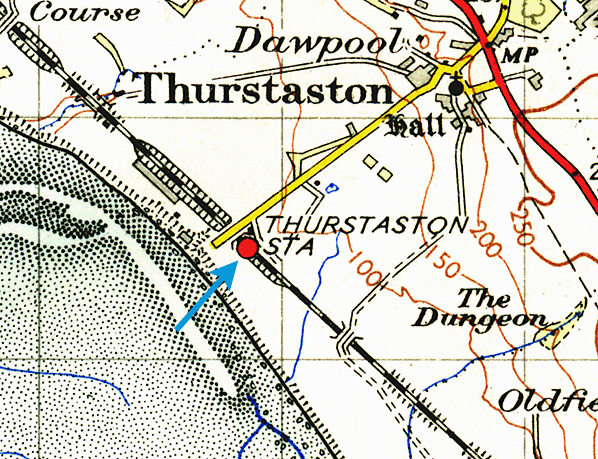
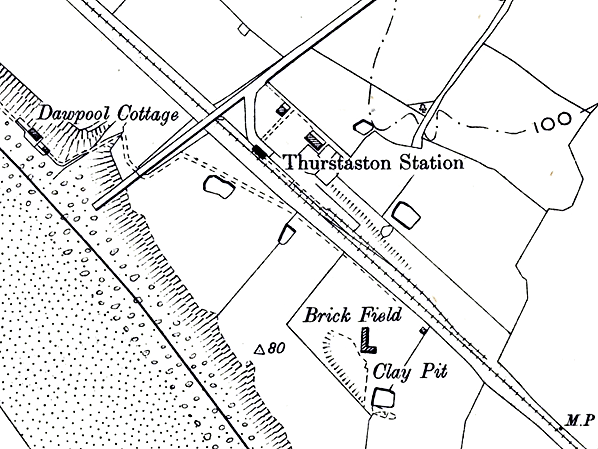
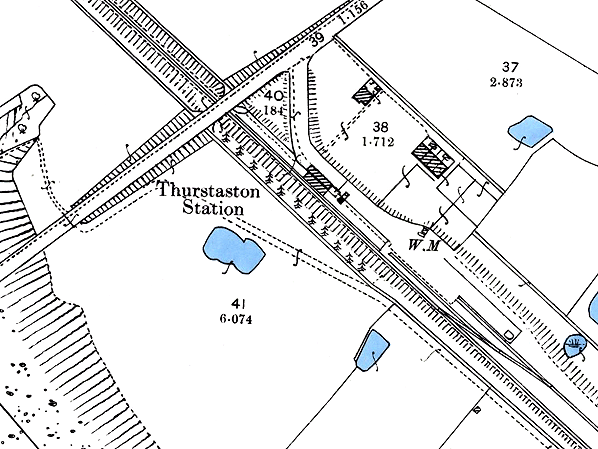
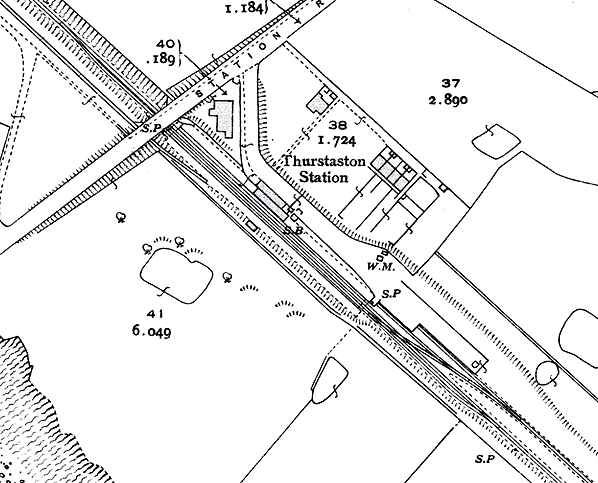
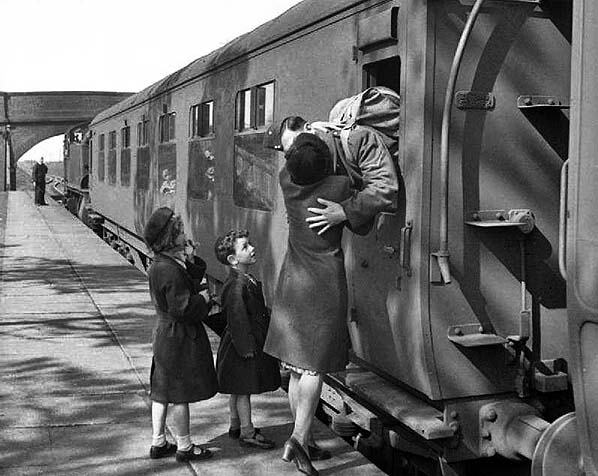
old2.jpg)
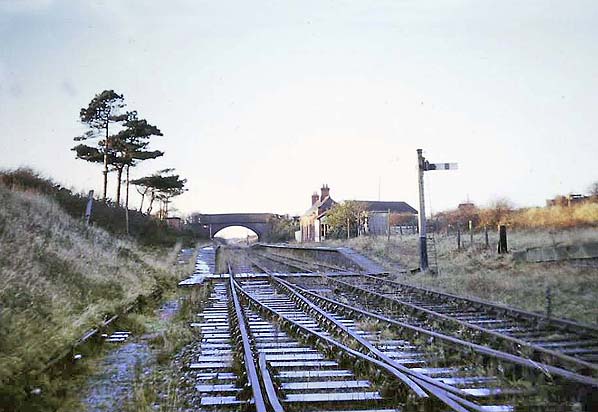
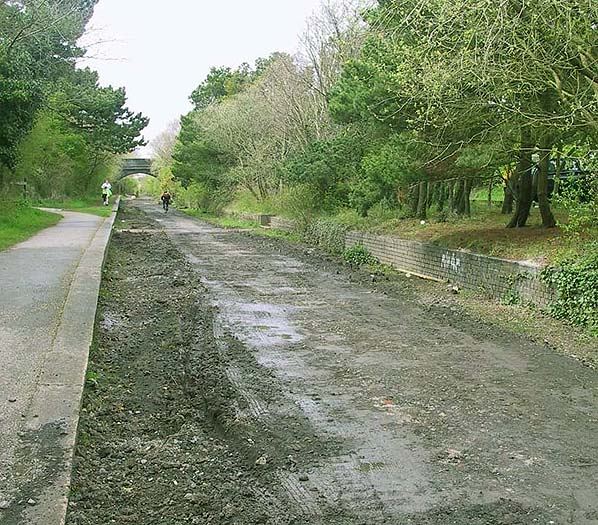
7.jpg)
 Thurstaston station was located 1 mile to the west of its namesake. It was 9¾ miles from Hooton and 2¼ from West Kirby.
Thurstaston station was located 1 mile to the west of its namesake. It was 9¾ miles from Hooton and 2¼ from West Kirby.  A Station Master’s house and cottages for other railway staff were provided to the east of the passenger facilities.
A Station Master’s house and cottages for other railway staff were provided to the east of the passenger facilities.  On 1 January 1923 the LNWR became part of the London, Midland & Scottish Railway (LMS). The BJR was wound up as a legal entity and the line became simply a joint route of the GWR/LMS.
On 1 January 1923 the LNWR became part of the London, Midland & Scottish Railway (LMS). The BJR was wound up as a legal entity and the line became simply a joint route of the GWR/LMS.  After the war Thurstaston returned to being a quiet rural station. It had lost its canopy by this time.
After the war Thurstaston returned to being a quiet rural station. It had lost its canopy by this time.  Early in 1964 the demolition gangs began their work and the line was lifted.
Early in 1964 the demolition gangs began their work and the line was lifted.
 Home Page
Home Page